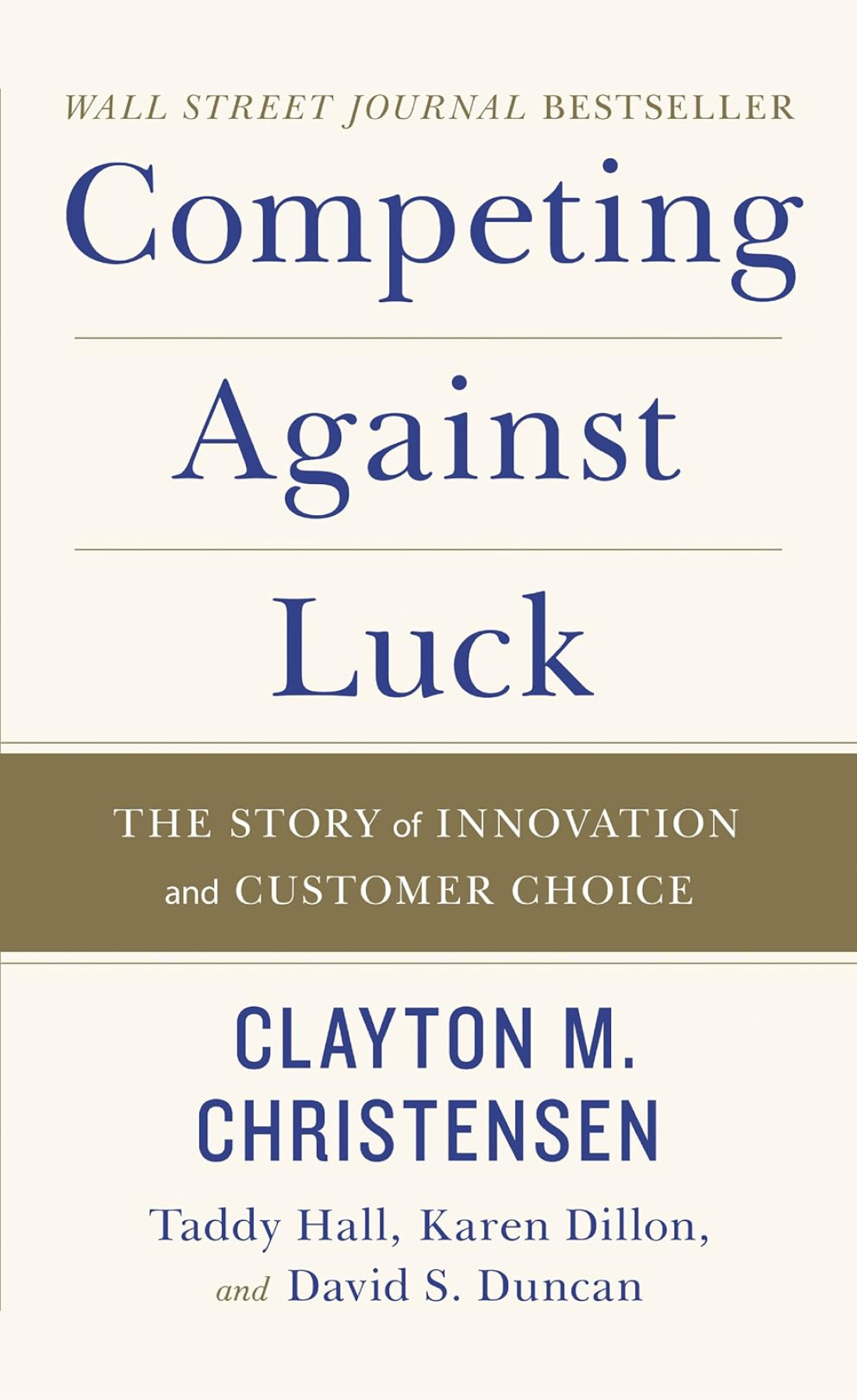Major concepts

Jobs to Be Done
The Jobs to Be Done (JTBD) framework helps businesses understand what customers are really trying to achieve when they use a product.

- Focus on customer goals, not just features.
- Understand the emotional, social, and functional aspects of customer needs.
- Use JTBD insights to drive innovation and product development.
- Embed customer context into the development process for better solutions.
The Jobs to Be Done (JTBD) framework is a tool for understanding real customer needs. Instead of looking at what customers say they want, it dives deeper into the jobs they are "hiring" products to accomplish.
Identifying these jobs helps businesses innovate and design products that meet genuine needs, fostering growth and satisfaction.
What Are Jobs to Be Done?
A Job to Be Done is a task or goal that a person wants to achieve:
- It’s about the customer’s motivation.
- It considers emotional, social, and functional needs.
- Innovating with a clear understanding of the job creates products that fit smoothly into users' lives.
By understanding JTBD, companies can learn why customers choose certain products and how they assess alternatives.
Examples range from kitchen gadgets that solve specific cooking challenges to apps that fit into daily routines.
Why We Miss Them
Businesses often miss JTBD by focusing too much on product features instead of customer goals. Features can be copied, but understanding the job reveals unique insights.
This misalignment can result in products that don’t truly address real needs.
Shifting to JTBD thinking gives companies a better understanding of their market and customer preferences, revealing untapped opportunities.
How to Identify Jobs to Be Done
To uncover JTBD, businesses need to engage directly with their customers:
- Conduct interviews to explore the broader reasons behind product use.
- Observe customers in their everyday environments to see how they interact with products.
- Map the customer journey to identify where new solutions might fit.
- Build and test prototypes aimed at solving specific unmet needs.
This approach helps businesses develop solutions that resonate deeply with users.
By applying JTBD thinking, companies can develop more effective strategies and stronger market positions.




